
The other Goa
Take the off-the-beaten path to discover the real beauty of the region
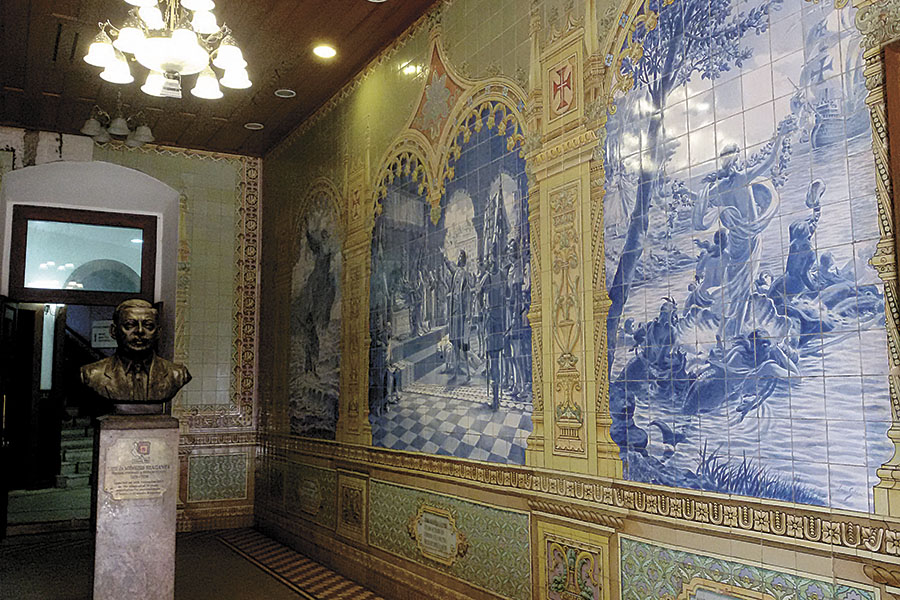
Image: Jessica Faleiro
It’s true, what you’ve read in the papers. Like a well-worn lover, Goa isn’t carrying middle age very well. It’s been 55 years since her independence, but the concrete jungle is quickly spreading, garbage is strewn everywhere and the industrial complex is making inroads into the lives of those who call Goa home. The romance of the sussegad lifestyle is showing cracks and leaving many disenchanted, including tourists. But if you’re willing to slow down and stay off the beaten track, you’ll find the beauty and character of Goa nestled in the details that reveal themselves to you—only if you are patient. If you’re keen to step off the usual conveyor belt of sightseeing staples, here are some of my favourite things to see and do while still having a memorable stay.
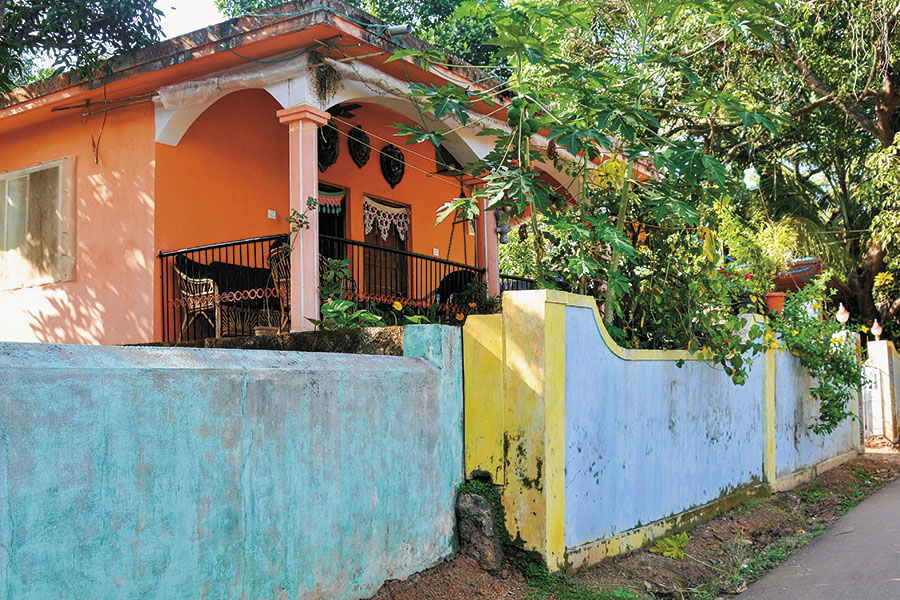
Image: Olga Vasilyeva/ Shutterstock.com
Find a village homestay
The image of Goa that tends to stick in people’s minds is of booze-fuelled partying and beach-swims. But the best way to see Goa is to wander through its villages on a two-wheeler or, better yet, a bicycle. Find a village that speaks to you and set up camp in one of the family-run guest houses that advertise rooms with signposts on their front gates. Tucked away in one of those villages, you’ll find yourself waking up to charming birdsong and the clarion call of the local poder (baker), delivering fresh bread from the nearby bakery in a basket perched on his bicycle. Choose between my favourite variety—slightly grainy poee, or fluffy palm-sized cubes of pao. Warm and fresh with a thick pat of butter, local Goan bread with strong morning chai is the only way to truly enjoy breakfast.
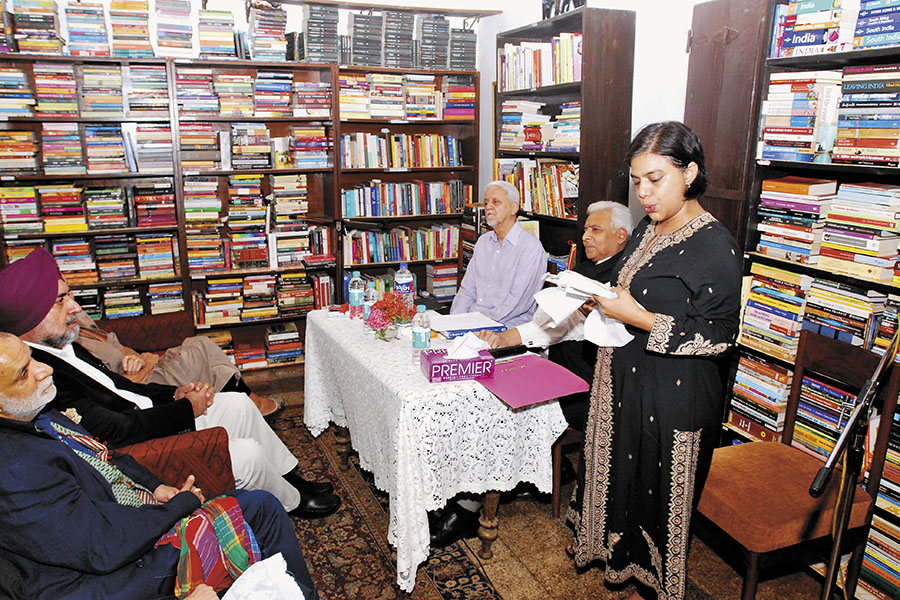
Image: TOI Goa
Coffee and a book in a heritage house
I’ve been getting to know ex-Delhi lawyer Diviya Kapur during our monthly book club gathering at her bookstore, where even Diviya’s gentle eight-year-old golden labrador Frida gets to have a say on the latest book being discussed. Imagine a 100-year-old Portuguese-era house, with a living room lined with books from floor to ceiling. That’s Café Literati, Diviya’s beautiful vision come to life tucked away in the recesses of bustling Calangute. Diviya’s warmth and passion for books infuse the place with a hypnotic allure that makes you want to go there for a book and stay for a siesta. The monthly book club is a friendly group which discusses books over wine and potluck. If you visit, ask her for stories about the place and she might tell you about the time someone left a stack of second-hand books at the doorstep and rushed off so quickly that she wasn’t able to thank him. She realised the reason for his elusiveness only when she noticed he’d donated a collection of erotic literature.
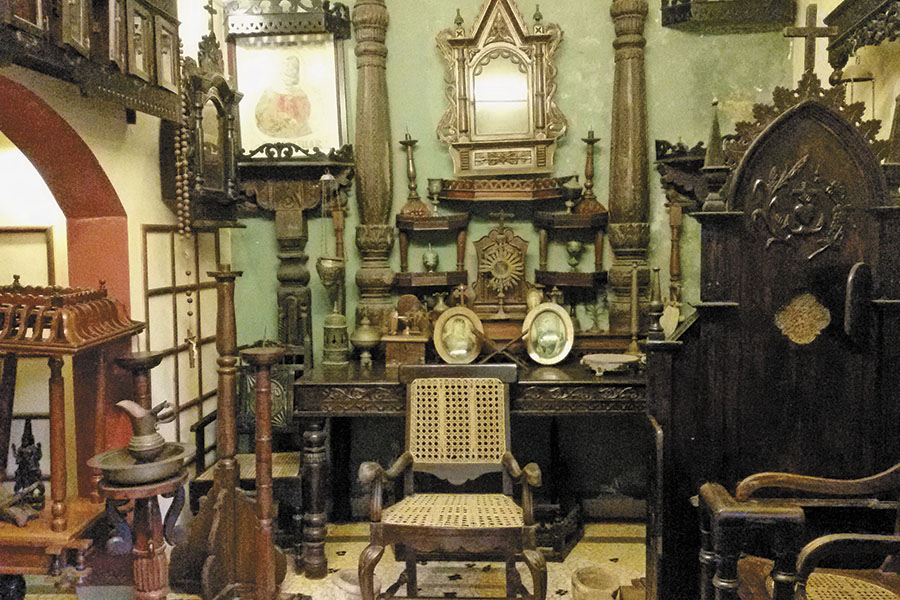
Goa’s ethnography museum
Victor Hugo Gomes is a restorer of art, artefacts and heritage houses by profession. But you only have to spend two minutes in his company to realise his true passion is the preservation of ‘authentic’ Goan culture and lifestyle. When I drop by Goa Chitra, his museum of Goan ethnography in Benaulim, Victor is in a meeting with a restaurateur who’ll be managing the new café. He finds me later, strolling through the rooms with collections showcasing Goa’s colonial past. When I ask Victor if he has a favourite object, he thinks for a moment and says, “You can’t ask me that. I love them all. Each has a story.”
Victor goes on to show me vintage, cylindrical dowry chests that were used to store linen and jewellery, and the striking original panels that the artist Dom Martin bequeathed to the museum, and which were displayed in the 1974 exposition of St Francis Xavier’s body at Old Goa. Robert de Niro and Sonia Gandhi have been here, so if you’re lucky, you might rub shoulders with Hollywood glitterati or Indian politerati.
As we walk around, I notice carpenters everywhere. Victor tells me that he’s building a museumotel of four basic ensuite rooms where guests can rent a roomstay at the museum in 2017. Meanwhile, a first-time visitor, a cultural manager who has arrived from the Kochi biennale, insists on meeting Victor. I quickly make my goodbyes, aware of how in-demand Victor is.
High on Goan feni
Goan poet Manohar Shetty in an essay about drinking spirits wrote that he gave up hard liquor for the lure of cashewnut feni and drank nothing else for two decades after. I’ve always thought of feni as an acquired taste. Even today, the sickly sweet odour of cashew feni reminds me of the season when my father stocks up litres of it in carafes bought locally from monks who double-distil fermented cashew fruit juice into a clear liquid that’s 40 percent alcohol. The smell used to infiltrate every corner of the house. But thanks to enterprising locals like Hansel Vaz, feni’s reputation as a cheap, stinky, local drink has
had a makeover.
As owner of alcohol retail business Vaz Enterprises, Hansel decided to revamp his father’s feni unit because it was haemorrhaging losses. “My passion for feni consumed me to stay true to my roots and start from scratch to revamp how we sold it. I wanted to bring back local pride in Goan feni, so we worked to create a great product that was also packaged in an appealing way,” says Hansel. Cazulo feni was the result. Hansel also trained a batch of bartenders on how to mix interesting cocktails using feni and engages them at events and shows. He gave me this simple-to-make cocktail recipe called Cazulo Capitao which consists of 60 ml of coconut feni, 1.5 tablespoon of brown sugar and two lime wedges muddled and poured over a short glass full of ice. I was relieved to have finally found a way to enjoy drinking feni! You can sample the feni cocktails at his brother’s Firefly Goan bistro and bar in Benaulim.
Go camera-crazy in the local markets
My advice is to avoid the bustle of the city centre and explore the edges instead. Visit Margao’s colourful municipal markets where locals buy fresh flowers, fruit, vegetables and spices. You can take your pick at SPDA market, which is full of sprawling open stalls under one roof and built outside the city’s main drag. I love strolling through the seafood section and checking out what’s in season. There’s also New Market and Gandhi Market, both in the town centre, which means braving overwhelming traffic to get there.
Read Goan literature
Leonard and Queenie Fernandes, founders of one of Goa’s most popular self-publishing houses, CinnamonTeal Publishing, have just started ‘The Dogears Bookstore’, which sells children’s fiction and books by Goan authors in English and Konkani. When I ask Leonard what his vision for this unique space was, he says, “We want children and parents to see the bookshop as a location where they can relax with a book, and be introduced to new authors at the same time. If people can think of The Dogears Bookshop as somewhere they can go to unwind, we will have done our job.” I love visiting this little shop because of its vast collection of second-hand fiction books available for just Rs 50 each.
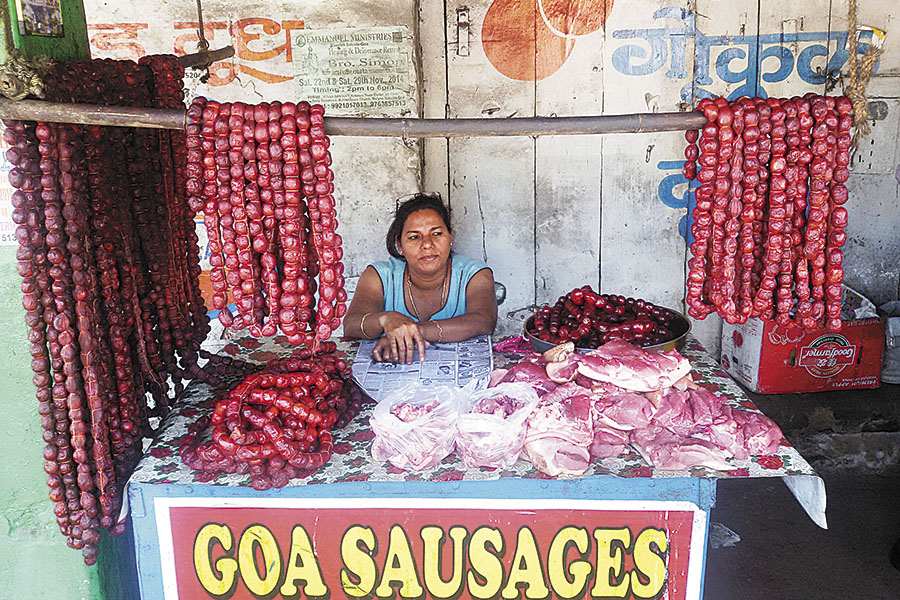
Sausage stalls and chorico pao
I’m a true Goan in the sense that I love my pork, and chorico sausages are a particular weakness. The best Goan chorico pork sausages are from Salcete and one of the few places known for selling them is the small line of stalls in one corner of Old Market, just beyond Margao’s Holy Spirit church. The spicy scent of the ruby red sausage necklaces hits you before you even spot the ladies selling them. If you’d like to sample cooked chorico before buying a fresh string, pop into the hole-in-the-wall shop just before the sausage stalls, where Inacio serves cooked chorico in soft dinner rolls instead of pao, delivering his personal twist on a popular Goan streetfood, chorico pao.
Tea at the local mint
With the whole country dealing with empty ATM dispensers, who hasn’t wished they could mint money at home? A visit to a local Mint might just be the thing for you. Most people walk past the slightly worn-looking building sandwiched on the corner where Ourem creek meets Mandovi river in Panjim—that was Goa’s local Mint from 1834 to 1841. Today, Casa da Moeda, as it’s called, is the home of writer Chryselle D’Silva Dias and her family. If you fancy a spot of afternoon tea with them and a chat about the history of the place, email casadamoedagoa@gmail.com for availability and rates, at least 48 hours before you plan to visit.
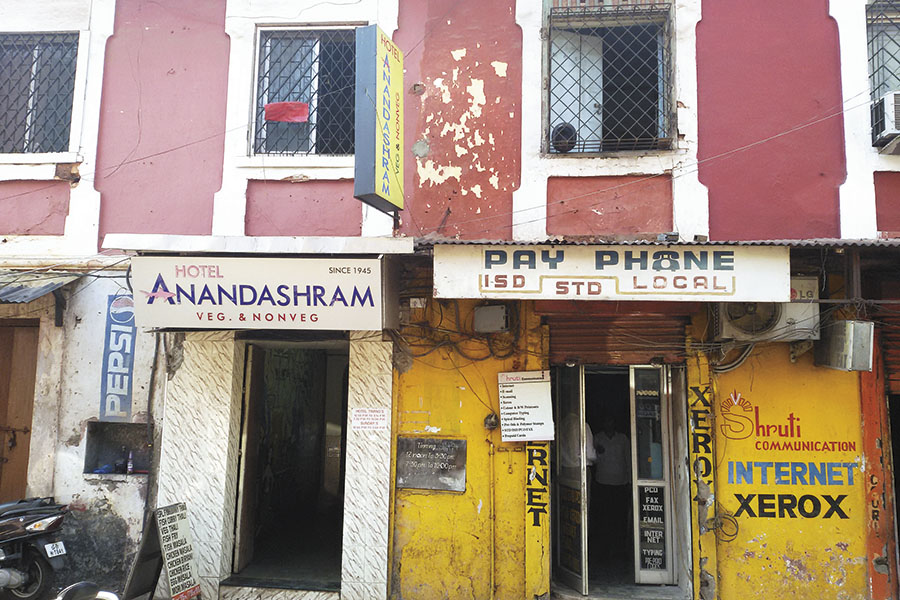
Cheap Goan fish thali
My favourite place for a Goan fish thali is the low-key, communal and bustling Hotel Anandashram, near the Panjim post office at one end of Fontainhas. It’s popular with the office crowd and is known for its Goan food. At Rs 150, the thali comes with fried fish, shellfish and curried fish along with rice, chapatti, shrimp kismoor and a kokum digestive. Be prepared to share your table with strangers as it’s communal seating during peak hours.
Azulejos-spotting
Azulejos are the painted, glazed, ceramic tiles known for their iconic blue-on-white hue that were brought to Goa from Portugal, and have a strong Moorish influence. Some of the street signs in Panjim’s Latin Quarter, Fontainhas, are done in these tiles. The entrance of the cultural Institute Menezes Braganza in Panjim has an impressive tableau of azulejos depicting poet Luis Camoes’s famous epic poem of the Portuguese voyages of discoveries, ‘Os Lusiadas’. But for a real surprise, visit Pilar monastery. It’s a functioning theological seminary, but the first time I walked into The Hall of Reconciliation, it took my breath away. The room is covered in stunning azulejos depicting various Biblical scenes of reconciliation. The detour (just follow the signs) from NH-17 heading towards Panjim is worth it just for the panoramic view over the Zuari estuary from the hilltop.
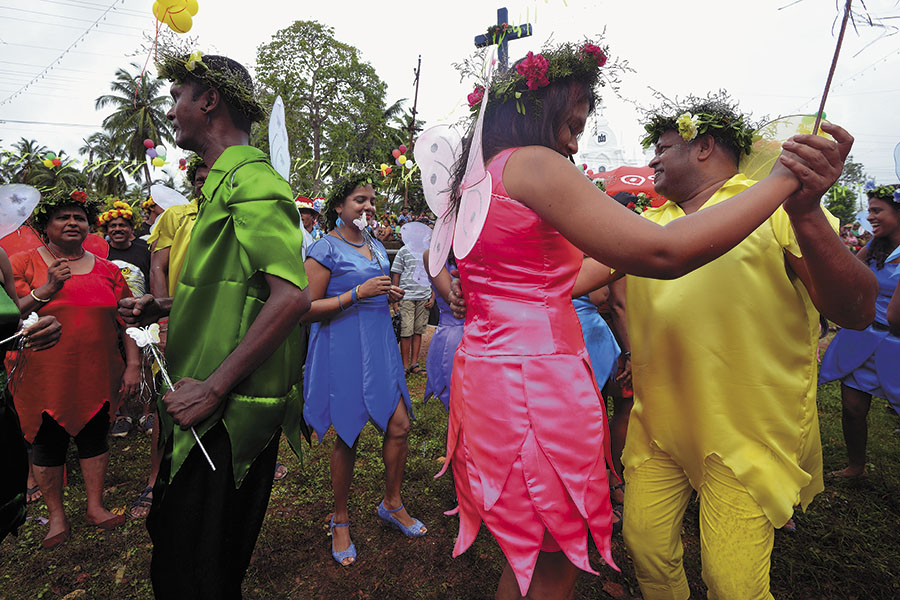
Join in the festive celebrations
There’s never really a bad time to visit Goa. During the monsoon, everything is seen through a verdant, lush haze of greenery and glistening wetness such that even a beach walk takes on a mysterious, romantic gleam against the backdrop of cloudy grey skies and turbulent waves lashing the shore. The hot summer months mean more time indoors by day, but the cool mornings and late evenings give respite. There’s Carnival in February before Catholic Lent, Shigmo festival in March to celebrate Spring, and San Joao festival in June at the start of the rainy season, but none of this compares to Christmas. A late night drive around villages like Nuvem or Loutolim will reveal a shimmer of magical lights and lit up stars in bedecked balconies. Attend public Christmas carol competitions at local churches. If you’re lucky, you might even be able to join a village group building a life-sized crib with a nativity scene. Some of these are entered into village competitions for the best in Goa. If you attend midnight mass, linger after for coffee and fruitcake and get to know the locals.
The writer is a Goa-based author
(This story appears in the Jan-Feb 2017 issue of ForbesLife India. To visit our Archives, click here.)
Post Your Comment














